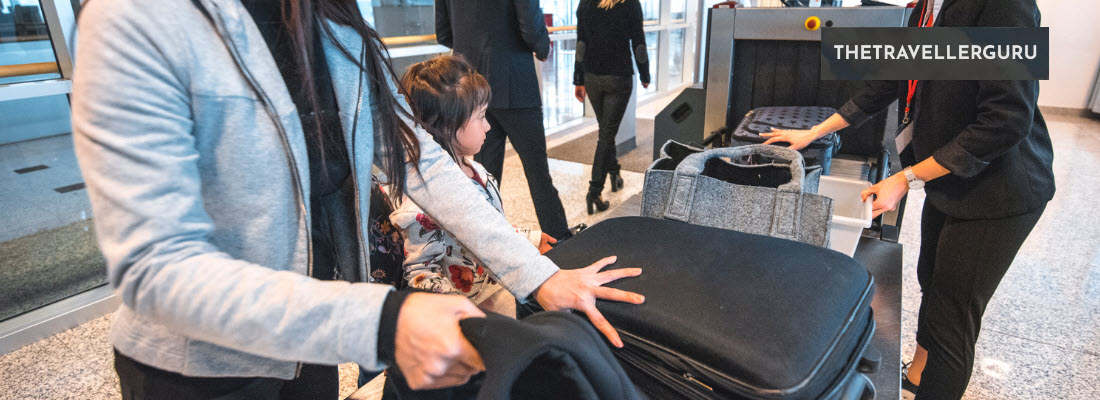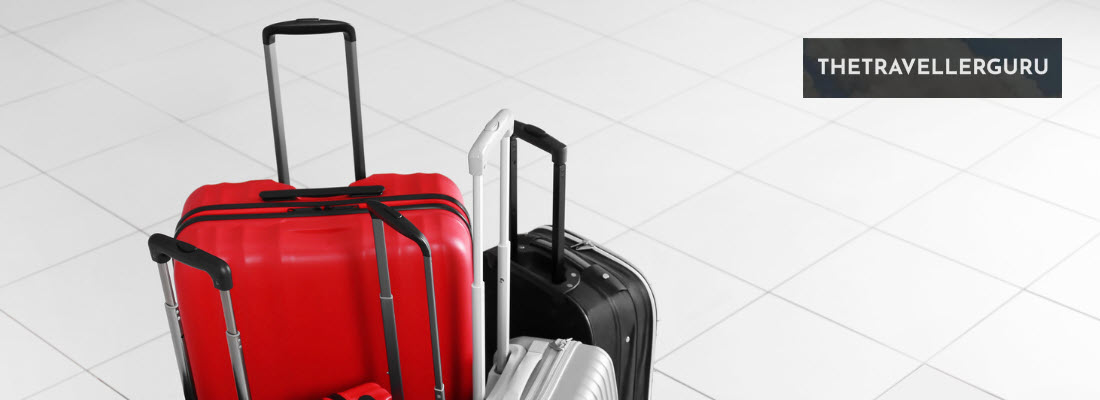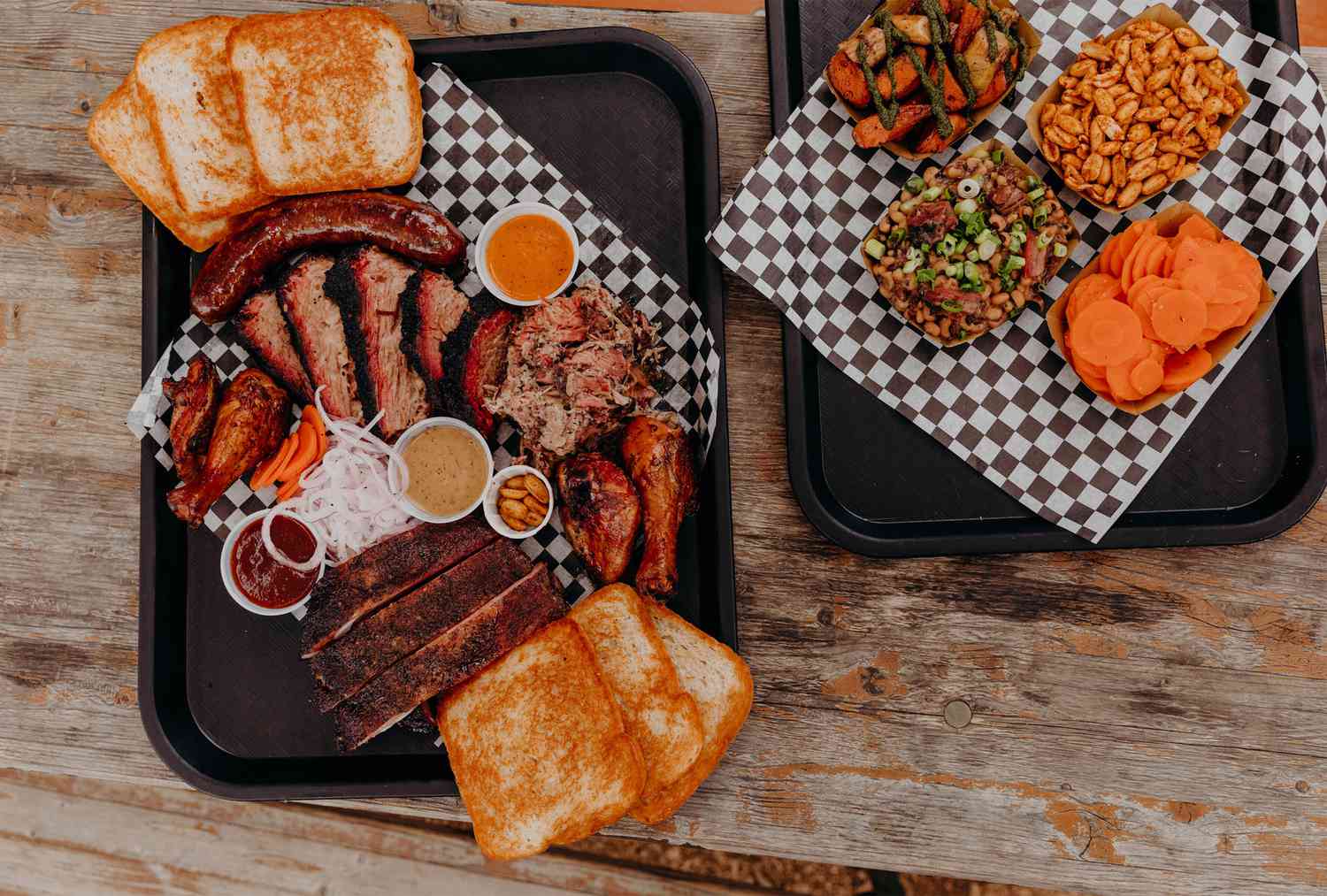Hey there travel enthusiasts and welcome to my post where we will check out the answer to a question commonly asked by those travelling into or around the United States: What does TSA approved mean?
And whilst we will obviously discuss this in more detail below, in short it refers to the Transportation Security Administration’s (TSA) approval of certain items that passengers are allowed to bring on board a plane. The TSA has strict regulations on what can and cannot be brought on a flight to ensure the safety of all passengers.
Hence understanding what TSA-approved means is essential for travelers to avoid any issues or delays during the security screening process. By adhering to the guidelines set by the TSA, passengers can ensure a smooth and stress-free travel experience.
So, let’s check it all out…
What Does TSA Approved Mean?
TSA stands for Transportation Security Administration, a federal agency responsible for ensuring the security of travelers in the United States. And as above, all aspects of flying and luggage have to be TSA approved meaning that an item has been screened and deemed safe to bring on board an airplane.
TSA approval is required for certain items that may pose a security risk, such as liquids, gels and aerosols and these items must be placed in a clear, plastic, quart-sized bag and presented to TSA officers for inspection.
Additionally, there are other items that require TSA approval. These include:
- Firearms and ammunition
- Knives and other sharp objects
- Sporting goods such as baseball bats and golf clubs
- Tools such as wrenches and pliers
- Urns containing human ashes
- Pets and animals
To ensure that these items are safe to bring on board, TSA officers will inspect them and determine what is TSA approved or not. If an item is not allowed, it will be confiscated and the traveler may face additional screening or even legal consequences.
It is important to note that TSA approval does not guarantee that an item will be allowed on board. Ultimately, the decision to allow an item on board rests with the TSA officer at the security checkpoint.
Travelers can check the TSA website or use the MyTSA app to see if an item is allowed or prohibited. By following TSA guidelines and being prepared for the security screening process, travelers can help ensure a smooth and safe travel experience.
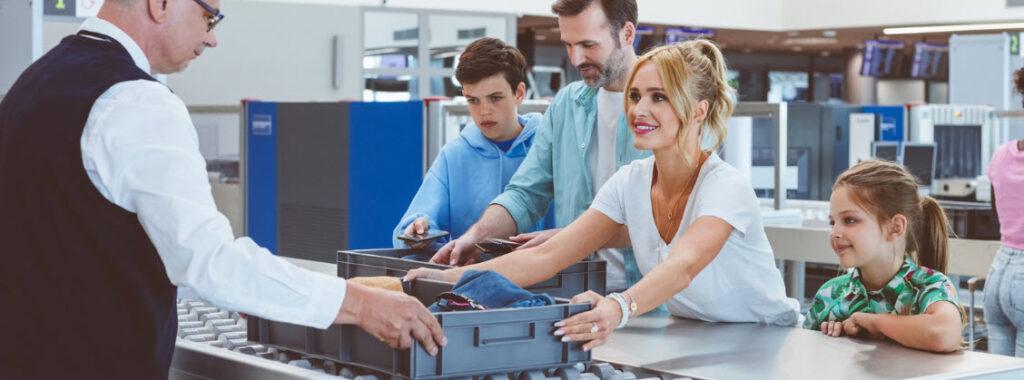
History of TSA Approval
The TSA was established in the aftermath of the September 11, 2001 terrorist attacks and its primary mission is to protect the nation’s transportation systems including airports, seaports and railroads, from terrorism and other security threats.
As part of its mission, the TSA developed a set of security standards for luggage and carry-on items that passengers are allowed to bring on board commercial flights. These standards are designed to prevent dangerous items from being brought on board airplanes and to ensure that passengers and their belongings are screened thoroughly before boarding.
To help passengers identify luggage and other travel items that meet these security standards, the TSA introduced the concept of “TSA approved” in 2003. This designation is used to indicate that a particular item has been screened and approved by the TSA for use on board commercial flights.
Since its introduction, the TSA approved designation has become a widely recognized symbol of safety and security for travelers. Today, many manufacturers of luggage, locks, and other travel accessories market their products as “TSA approved” to help consumers identify items that meet the TSA’s security standards.
TSA Approved Locks
TSA approved locks are locks that have been certified by the TSA as being safe and secure for travel. These locks are designed to provide added security to travelers’ checked luggage while also allowing TSA officers to inspect the contents of the luggage without damaging the locks.
Check out these: TSA Approved Locks
Lock Features
TSA approved locks have several features that make them unique. One of the most important features is that they can be opened by TSA officers using a special key or combination. This allows the officers to inspect the contents of the luggage without having to break the lock or damage the luggage.
Another important feature of TSA approved locks is that they are made of durable materials that can withstand the rigors of travel. They are also designed to be easy to use, with simple instructions that make it easy for travelers to set and reset their lock combinations.
How to Use
Using a TSA approved lock is easy. First, set the lock to your desired combination. Then, when you are ready to travel, simply attach the lock to your luggage and secure it in place.
When you arrive at the airport, make sure to inform the TSA officer that you have a TSA approved lock on your luggage. The officer will then use their special key or combination to open the lock and inspect the contents of your luggage.
After the inspection is complete, the TSA officer will re-lock your luggage and you can continue on your way.
Check out these: 3 Best TSA Approved Suitcases
TSA Approved Liquids
When it comes to TSA approved liquids, there are certain rules that must be followed. According to the TSA, passengers are allowed to bring a quart-sized bag of liquids, aerosols, gels, creams and pastes in their carry-on bags and through the checkpoint. Each container must be 3.4 ounces (100 milliliters) or less per item.
All liquids must be placed in a clear, plastic, sealable bag. This bag must be placed in a bin or on the conveyor belt during the screening process. Keep in mind that if the liquids do not meet these requirements, they may be confiscated at the checkpoint.
Note: In my experience, whilst this is a TSA requirement, many jurisdictions around the world also implement these regulations for liquids when crossing airport security checkpoints – especially for international travel.
Exceptions
There are some exceptions to the TSA liquid rules including medications, baby formula and breast milk – which are allowed in reasonable quantities exceeding 3.4 ounces (100 milliliters) and are not required to be placed in a plastic bag. However, these items must be declared to the TSA officer for inspection.
In addition, duty-free liquids purchased at the airport or on a flight are allowed in carry-on bags if they are in a secure, tamper-evident bag. These bags must be placed in a clear plastic bag and must be accompanied by a receipt.
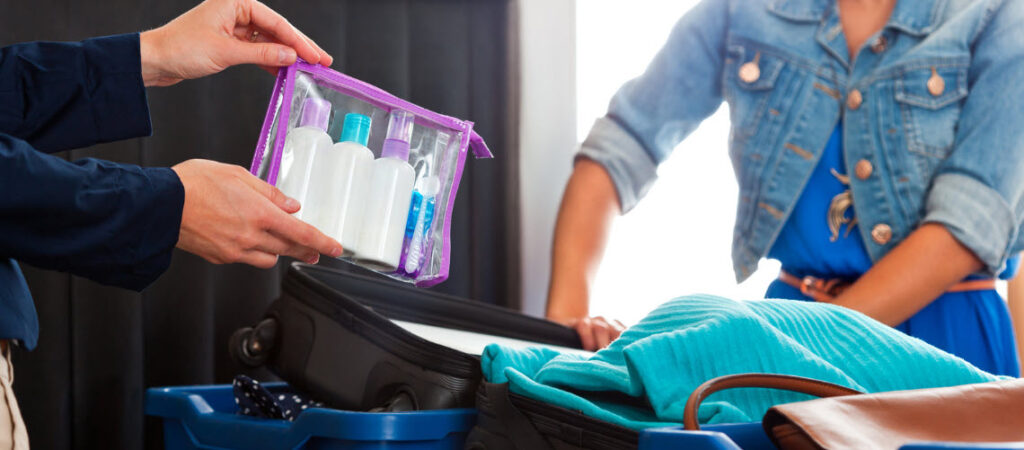
TSA Approved Pet Travel
When it comes to traveling with pets, the TSA will of course oversee security and screening however they do not determine whether a pet can travel on certain airlines or not. So when travelling with pets, you will need to account for the following:
- Check Airline and Destination Rules: Before anything else, check the specific rules and restrictions of your airline and destination. Some airlines have specific requirements for traveling with pets and certain destinations may have quarantines or health restrictions.
- Pet Carrier: Your pet will need to be in a TSA-approved carrier for the duration of the flight. The carrier must be well-ventilated, secure and large enough for your pet to stand, turn around and lie down.
- At the Checkpoint: At the security checkpoint, you will need to carry your pet and walk through the metal detector while the carrier is screened separately. TSA officers are not allowed to handle your pet at any point.
- Physical Inspection: If a physical inspection of the pet carrier is necessary, you will be required to remove your pet from the carrier while a TSA officer inspects the carrier. You will maintain control of your pet at all times.
- Behavior: Make sure your pet is well-behaved. TSA may refuse to screen a pet that is not under the owner’s control.
- Considerations for Service Animals and Emotional Support Animals: Different rules apply for service animals and emotional support animals. You should check the specific requirements with your airline and the TSA’s website.
Remember, while TSA provides security screening at airports, the decision on whether to allow a pet on the flight ultimately belongs to the airline. Always check with your specific airline for their pet policies.
Check out these: TSA Approved Pet Carriers
TSA Approval for Firearms
As with pets, before traveling with firearms, it is crucial to check the specific rules and restrictions set by your airline and the laws of your destination. This is because airlines often have individual requirements for traveling with firearms and various destinations have differing gun control laws.
Firearms for transport must be unloaded and securely locked within a hard-sided container, and they are permitted solely as checked baggage. It is essential that only the passenger maintains possession of the key or combination to the lock, unless a TSA personnel requests to unlock the firearm container for compliance check.
When arriving at the airport, passengers are required to declare all firearms, firearm parts and ammunition to the airline during the ticket counter check-in process. Ammunition is strictly regulated too and must be packed in checked baggage only and specifically in a box designed for carrying small amounts of ammunition.
It is worth noting that firearms, firearm parts, and ammunition are strictly prohibited in carry-on baggage. Furthermore, in addition to adhering to TSA regulations, travelers are also expected to comply with all local laws regarding the transport of firearms, both at the departure area and the destination.
Since these are general guidelines and specifics might vary by airline and location, travelers should check with their specific airline and the local laws for both their departure and arrival locations for detailed firearms policies.
TSA Pre-Approval
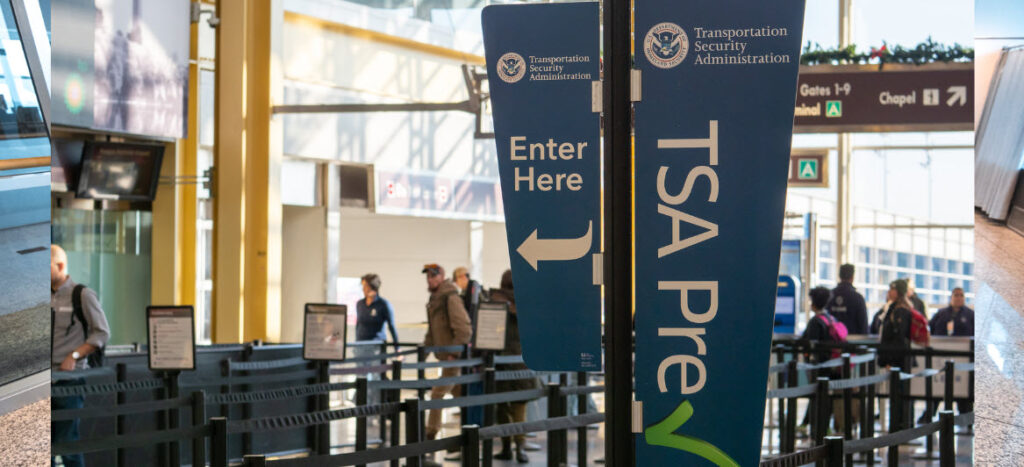
TSA Pre-Check, often referred to as TSA Pre-Approval, is a program by the TSA in the United States that allows pre-approved travelers to pass through expedited security lines at the airport.
This program enables a quicker transit through airport security screening as it doesn’t require passengers to remove shoes, laptops, liquids, belts and light jackets, which are typically required for regular travelers. This can significantly reduce wait times and make the process of getting through security more efficient.
To qualify for TSA Pre-Check, travelers must be U.S. citizens or lawful permanent residents, and must go through a background check and fingerprinting. It’s important to note however that while TSA Pre-Check will expedite your security screening process, it does not guarantee that you won’t be subject to random security checks.
TSA pre-approval offers several benefits to travelers, including:
- Faster Screening: TSA-approved travelers can enjoy expedited screening through TSA PreCheck lanes, which are available at more than 200 airports nationwide. This means they can skip the long lines and keep their shoes, belts and light jackets on, as well as leave their laptops and liquids in their carry-on bags.
- Less Stressful Travel: With TSA approval, travelers can feel more confident and relaxed when going through security checkpoints. They know what to expect and can focus on getting to their gate without worrying about the hassle of removing their shoes and unpacking their bags.
- Increased Security: TSA approval requires a thorough background check and fingerprinting, which helps ensure that only low-risk travelers are granted expedited screening privileges. This allows TSA agents to focus their attention on higher-risk passengers, which can improve overall security for everyone.
- Cost-Effective: TSA approval is a cost-effective way to make air travel more efficient and enjoyable. The application fee is $85 for a five-year membership, which breaks down to just $17 per year. Considering the time and stress saved by using TSA PreCheck, this is a small price to pay for frequent flyers.
Overall, TSA approval provides a convenient and secure way for travelers to navigate airport security checkpoints with ease. With faster screening, less stress, increased security and cost-effective pricing, it’s no wonder why more and more travelers are applying for TSA pre-approval.
Check out these: 3 Best TSA-Approved Camera Cases
How to Get TSA Pre-Approval
To obtain TSA approval, travelers must follow a few simple steps. The following paragraphs outline the process:
- Step 1: Apply for TSA PreCheck – The first step in obtaining TSA approval is to apply for TSA PreCheck. This program is designed to expedite the security screening process for eligible travelers. To apply, travelers must complete an online application and schedule an appointment at a TSA PreCheck enrollment center.
- Step 2: Attend an Enrollment Appointment – At the enrollment appointment, travelers will need to provide documentation to verify their identity and citizenship status. They will also be fingerprinted and have their photo taken. The application fee for TSA PreCheck is $85 and is valid for five years.
- Step 3: Wait for Approval – After completing the enrollment process, travelers will receive a Known Traveler Number (KTN) within a few weeks. This number can be added to a traveler’s airline reservation to receive TSA PreCheck benefits.
- Step 4: Enjoy TSA PreCheck Benefits – With TSA PreCheck, travelers can enjoy expedited security screening at over 200 airports across the United States. This includes the ability to keep shoes, belts and light jackets on during the screening process, as well as keeping laptops and liquids in carry-on bags.
Overall, obtaining TSA approval is a straightforward process that can save travelers time and hassle at the airport. By following the steps outlined above, travelers can enjoy the benefits of TSA PreCheck and streamline their travel experience.
Common Misunderstandings
Despite the clear guidelines provided by the TSA, there are still some common misunderstandings about what “TSA approved” really means. Here are a few of the most prevalent misconceptions:
- TSA approval means that an item is allowed on all flights. This is not necessarily true. The TSA sets guidelines for what is allowed on flights, but ultimately it is up to the individual airlines to decide what they will allow on their planes. Some airlines may have stricter rules than the TSA, so just because an item is TSA approved does not guarantee that it will be allowed on every flight.
- TSA approval means that an item is safe. While the TSA does prohibit items that are deemed to be dangerous, their guidelines are not a guarantee of safety. For example, TSA approved locks may deter theft, but they do not prevent someone from breaking into your luggage if they really want to. It is still important to use common sense and take necessary precautions to keep your belongings safe.
- All TSA approved items are created equal. This is not the case. Just because two items are both labeled as TSA approved does not mean that they are of equal quality or effectiveness. It is important to do your research and read reviews before purchasing any TSA approved items to ensure that they will meet your specific needs.
By understanding these common misunderstandings, travelers can make better informed decisions about what to bring with them on their flights.
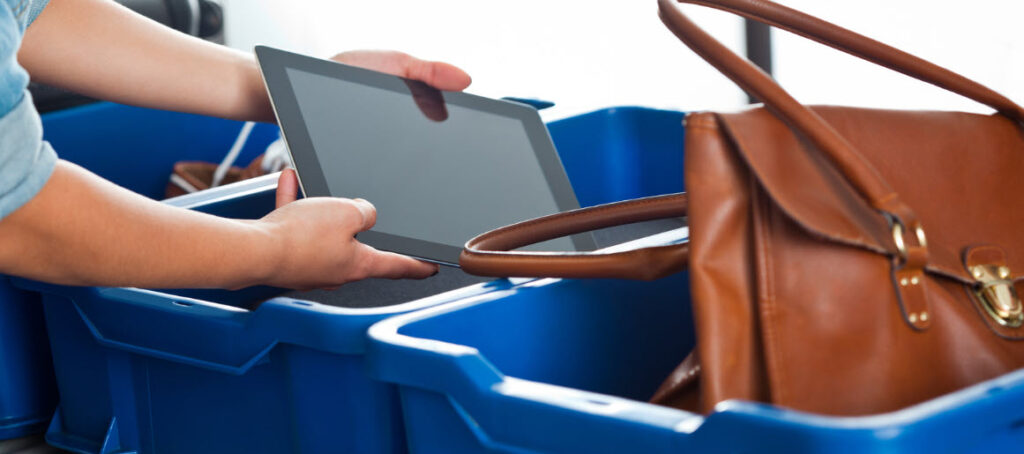
FAQs
What does “TSA Approved” mean?
“TSA Approved” refers to specific types of locks, luggage and other travel-related items that are recognized and accepted by the Transportation Security Administration (TSA), a U.S. government agency that oversees airport security. These items have been designed in such a way that TSA officers can safely inspect your luggage without having to damage or break the lock. TSA approved locks, for example, can be opened with a master key that all TSA officers have, ensuring the security of your belongings while also complying with security regulations.
Are all locks and luggage TSA approved?
No, not all locks and luggage are TSA approved. Only those with a TSA logo have been designed to allow TSA officers to open and relock your bag or suitcase if it needs to be inspected. Non-TSA approved locks may be cut off if TSA officers need to inspect the contents of your bag, which could potentially damage your luggage. Before purchasing locks or luggage for travel, especially air travel in the U.S., it’s important to verify if they are TSA approved.
Conclusion
There you have it, an outline on the ins and outs of TSA Approval. I hope it has been helpful and as usual, please let me know of your experiences here.
Also, please do not hesitate to comment below if you have any questions, concerns, or corrections or would like me to check anything else out for you.
Until next time.
Have fun
Paul
